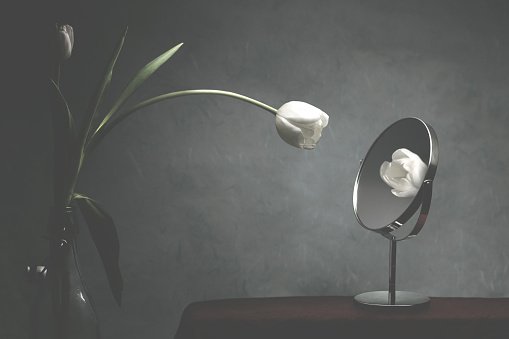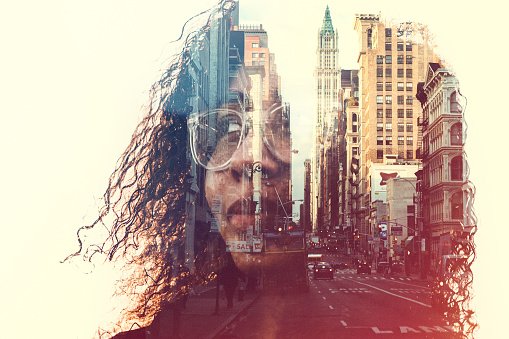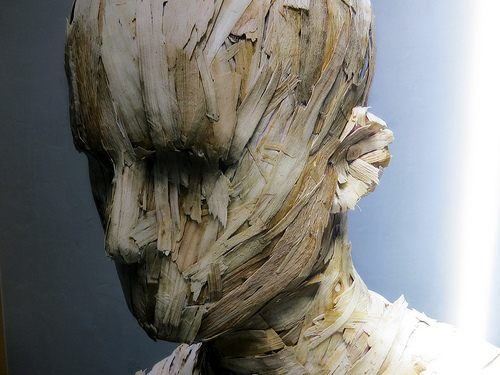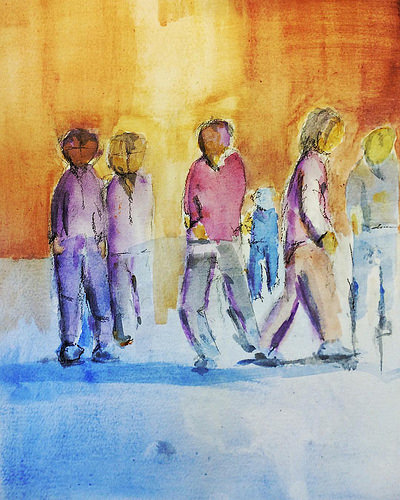Why do artists present faceless art? The quick answer seems to be that the viewer quickly ignores the absence of the face and looks for beauty elsewhere.
Art can have its voice: an active or a passive voice. The sentence’s subject determines the difference in voice with language. If it acts, it is happening; if it receives the action, it is passive.
Faceless art changes the subject. The energy and focus of the image take from the face and focuses on the body, changing the dialogue. The body, clothes, surroundings, colors, and textures are left alone to project their raw emotion.
Leonardo da Vinci said, “Art was art,” adding, "We don't inform art, that art informs us.” The message that art brings may be more exact if the art has a face compared to one that is faceless, leaving us to find what the beginning might be.











